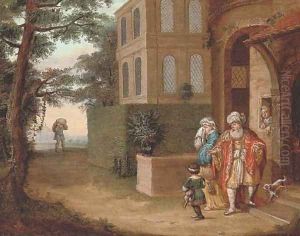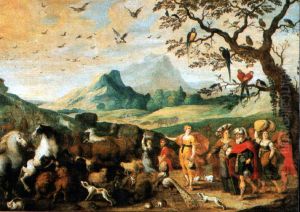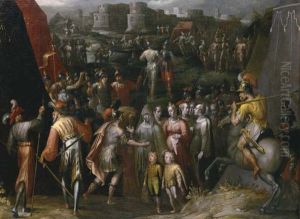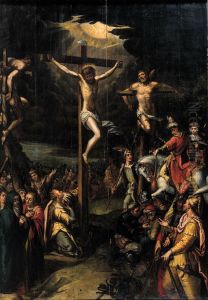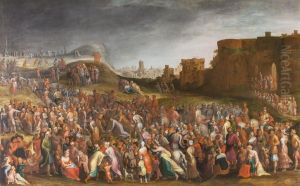Hans Jordaens Paintings
Hans Jordaens III was a notable figure in the Dutch Golden Age of painting, born in 1590 in Antwerp, a city that was at the forefront of artistic innovation during the 17th century. Although not as widely recognized as some of his contemporaries, Jordaens played a significant role in the development of Flemish painting. His life and career were deeply rooted in the rich artistic traditions of the Low Countries, a region known for its remarkable contributions to European art.
Jordaens was primarily known for his intricate genre scenes, biblical narratives, and portraits. His style was characteristic of the Flemish Baroque, marked by vivid realism, attention to detail, and a vibrant use of color. These elements combined to create dynamic compositions that were both expressive and engaging. Jordaens' work often reflected the social and cultural contexts of his time, offering insights into the life and values of 17th-century Flanders.
Throughout his career, Jordaens exhibited a remarkable versatility, adapting his style to suit various subjects and themes. Despite facing competition from more famous contemporaries like Peter Paul Rubens and Anthony van Dyck, Jordaens managed to carve out his own niche. His paintings were sought after by patrons across Europe, attesting to his skill and creativity.
Jordaens' legacy is preserved in numerous collections and museums around the world, where his works continue to be studied and admired. Although he passed away in 1643, his contribution to the Dutch Golden Age and the broader history of European art remains significant. Through his paintings, Hans Jordaens III left a lasting impact on the artistic landscape of his time, embodying the spirit of innovation and excellence that defined the era.
